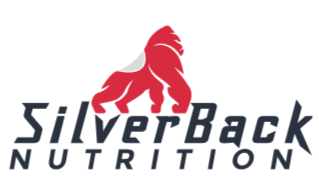In the world of fitness and nutrition, whey protein stands out as a popular and effective supplement. Many fitness enthusiasts rely on whey protein to support muscle growth, enhance recovery, and meet their protein requirements. But have you ever wondered about the journey of whey protein from milk to the protein-packed powder that finds its way into your shaker bottle?
In this blog post, we will unravel the fascinating process of how whey protein is made.
Understanding Whey Protein
Before delving into the production process, let's briefly understand what whey protein is. Whey protein is a byproduct of cheese production, derived from the liquid remaining after milk has been curdled and strained. This liquid is rich in protein, particularly whey protein, which is composed of essential amino acids crucial for muscle development and repair.
Whey Extraction Process
1. Milk Sourcing
The journey begins with high-quality milk sourced from dairy farms. This milk serves as the raw material for the whey protein production process.
2. Curding
To separate the solids from the liquid, the milk is curdled using enzymes or acid. This process results in the formation of curds (solids) and whey (liquid).
3. Separation
The curds are then separated from the whey using filtration or centrifugation. The whey, now in liquid form, contains water, lactose, minerals, and, most importantly, whey protein.
4. Microfiltration and Ultrafiltration
To further concentrate and purify the whey protein, microfiltration and ultrafiltration processes are employed. These techniques use membranes with varying pore sizes to separate different components based on their molecular weight.
5. Whey Protein Concentrate or Isolate
Depending on the desired product, the whey protein can be processed into either whey protein concentrate (WPC) or whey protein isolate (WPI). WPC contains a lower percentage of protein, along with some fats and carbohydrates. On the other hand, WPI undergoes additional processing to remove most of the fats and carbohydrates, resulting in a product with a higher protein concentration.
6. Drying
The final liquid whey concentrate or isolate is then spray-dried or freeze-dried to remove the remaining moisture, yielding a powder form of whey protein.
7. Quality Control and Testing
Throughout the production process, rigorous quality control measures are implemented to ensure the purity and safety of the whey protein. Testing for contaminants, such as heavy metals and pathogens, is conducted to meet industry standards and provide consumers with a high-quality product.
Conclusion
From the dairy farm to your protein shake, the journey of whey protein involves a meticulous process to extract, concentrate, and purify the valuable whey protein. Understanding how whey protein is made not only gives you insight into the production process but also enables you to make informed choices when selecting a supplement to support your fitness goals. So, the next time you enjoy your whey protein shake, you can appreciate the intricate steps that went into creating this fitness staple.
Calling all fitness enthusiasts and gym aficionados! If you're on the lookout for a premium whey protein to take your fitness game to the next level, look no further. Give SilverBack Nutrition's whey protein a shot and witness the transformative power it brings to your workout routine!


